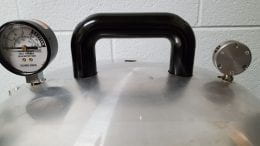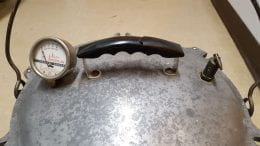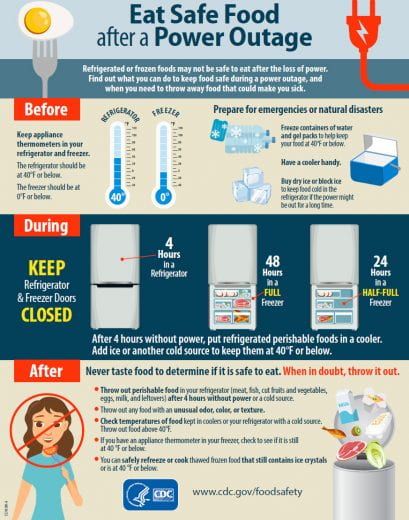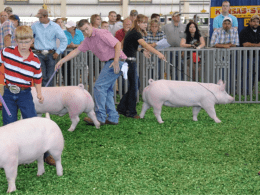
As county fair season approches, plan now to keep food safety in mind at fair food stands, judging food and food preservation exhibits, and handling animals.
Operating temporary food stands can be a challenge with lots of food stand workers and handling food safely. Post handwashing signs by sinks or other food preparation areas, as well as bathrooms. This is the most critical step in safe food handling. Never handle ready-to-eat foods with bare hands. Use gloves or utensils instead.
Animals of many kinds are always present at fairs. Besides handwashing after handling animals, don’t eat or drink around animals. Keep an eye on children interacting with animals and keep their hands and fingers out of their mouths.
Learn more at KSRE Extension 4-H Events and Food Safety.
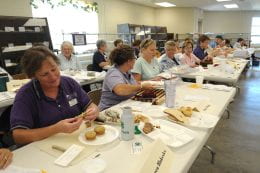

 It’s cherry season and they are a treat in many recipes. They can be preserved in many ways also!
It’s cherry season and they are a treat in many recipes. They can be preserved in many ways also!